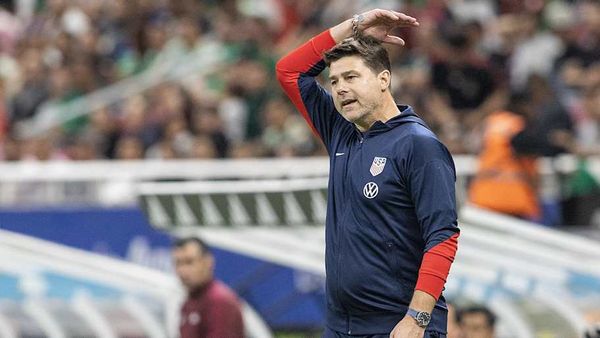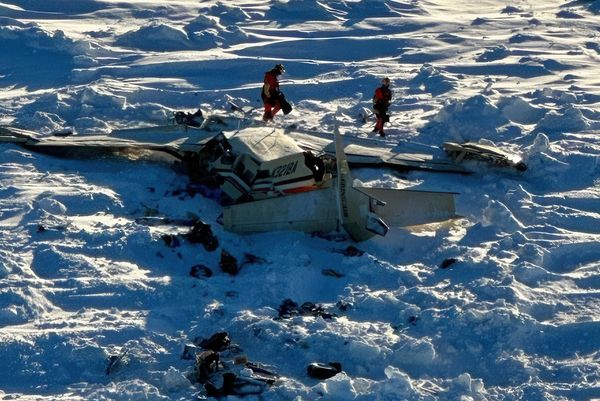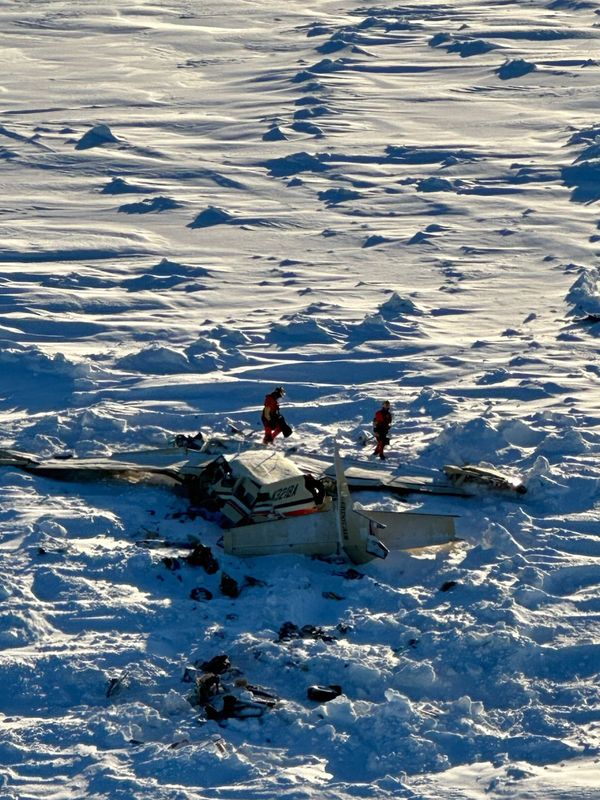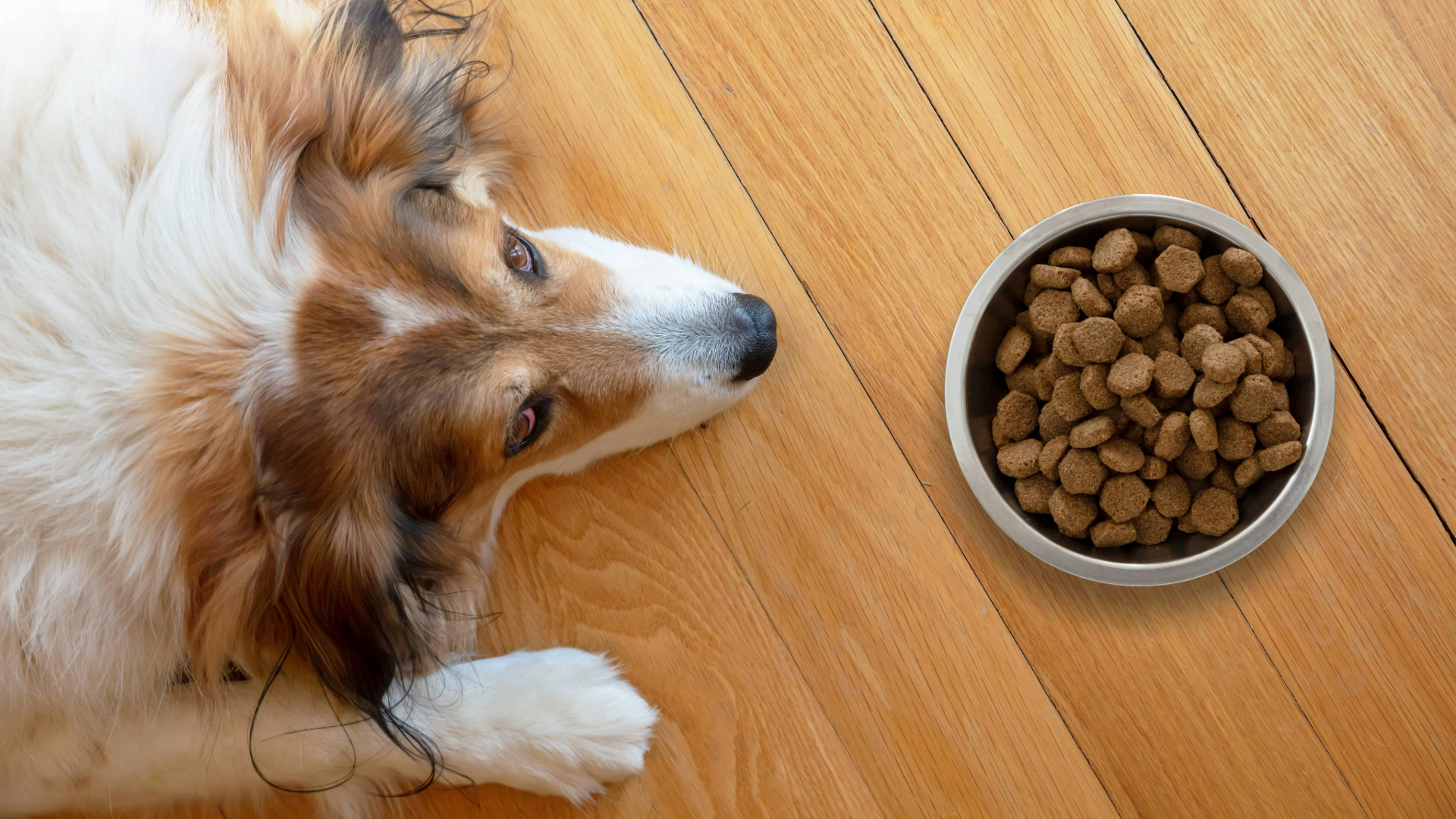
If your dog is not eating, it could be a sign that they’re not feeling too well. This could happen for a range of reasons – from nausea and dental pain to stomach upset or food intolerances – that need to be addressed and looked into. However, if they’re being fed the best dog food elsewhere, it might just be a case of overfeeding!
Since our pet pooches don’t speak the same language as us, figuring out what’s going on inside can be tricky, making it harder to give them the care they need. Because this is often a sign of an underlying health issue or a worsening problem, it’s always wise to have them checked by a vet.
Below, expert vet Dr. Joanna Woodnutt has outlined 11 things you need to check if your dog is not eating, helping you solve this mystery. She’s also explained what it means if your dog is throwing up or has gone off their water bowl.
When should I worry about my dog not eating?
Medically, we call inappetence ‘anorexia’. Anorexia is listed as a possible symptom for most dog illnesses, meaning it’s not specific to one disease or problem. It can be serious, or almost normal.
However, with your dog’s age, behavior, and other symptoms it is possible for your vet to narrow down the possibilities. As long as your dog is otherwise well and is still drinking water, 24 hours without food won’t do them any harm. But if they start to show any of these other symptoms, seem unwell in themselves, or it goes on any longer, it’s time to see the vet.
What to check if your dog is not eating
1. How much is your dog drinking?
If you suspect your dog is drinking more than usual then this can be a sign of an underlying problem. Many diseases can cause excessive thirst and a change in appetite including kidney disease and infections like pyometra (infection of the womb).
Measure how much water your dog’s bowl contains and how many times you need to fill the bowl in a 24-hour period. Your vet will find it useful to know exactly how much water your dog is drinking and can work out whether it is abnormally high for your particular dog.
Equally, if your dog is drinking much less than usual, then this could be a concern, especially if your dog is off his food or showing other signs like vomiting. Your pet could be at risk of dehydration, so speak to a vet.
2. Is your dog vomiting, drooling, belching, or licking their lips more than normal?
Nausea is a common reason for dogs to stop eating their food. Unfortunately, like inappetence, nausea is a nonspecific symptom that could be caused by a whole range of diseases and conditions.
When dogs are nauseous they may drool, look worried, belch and lick their lips more than usual. This may or may not accompany vomiting. If your dog is vomiting for more than 24 hours, also has diarrhea, becomes lethargic, or is unable to keep water down, you should visit the vet.
3. Are your dog's teeth and gums okay?
Dogs with dental disease can become fussy, only eating the very tastiest things (things that are ‘worth it’) or avoiding certain foods altogether.
If your dog has gone off his food, it’s a good idea to check his teeth for signs of a problem (like dog teeth rotting!). Take care, as some dogs may not like having their teeth examined. If your dog is cooperative then gently pull back his lips and look at each tooth.
You should look for signs of dog gum disease (red gums), periodontitis (large amounts of tartar, a foul smell, wobbly teeth), dental fractures, and wounds to the mouth, tongue, or gums. If you can see a problem, best head to a vet for treatment.
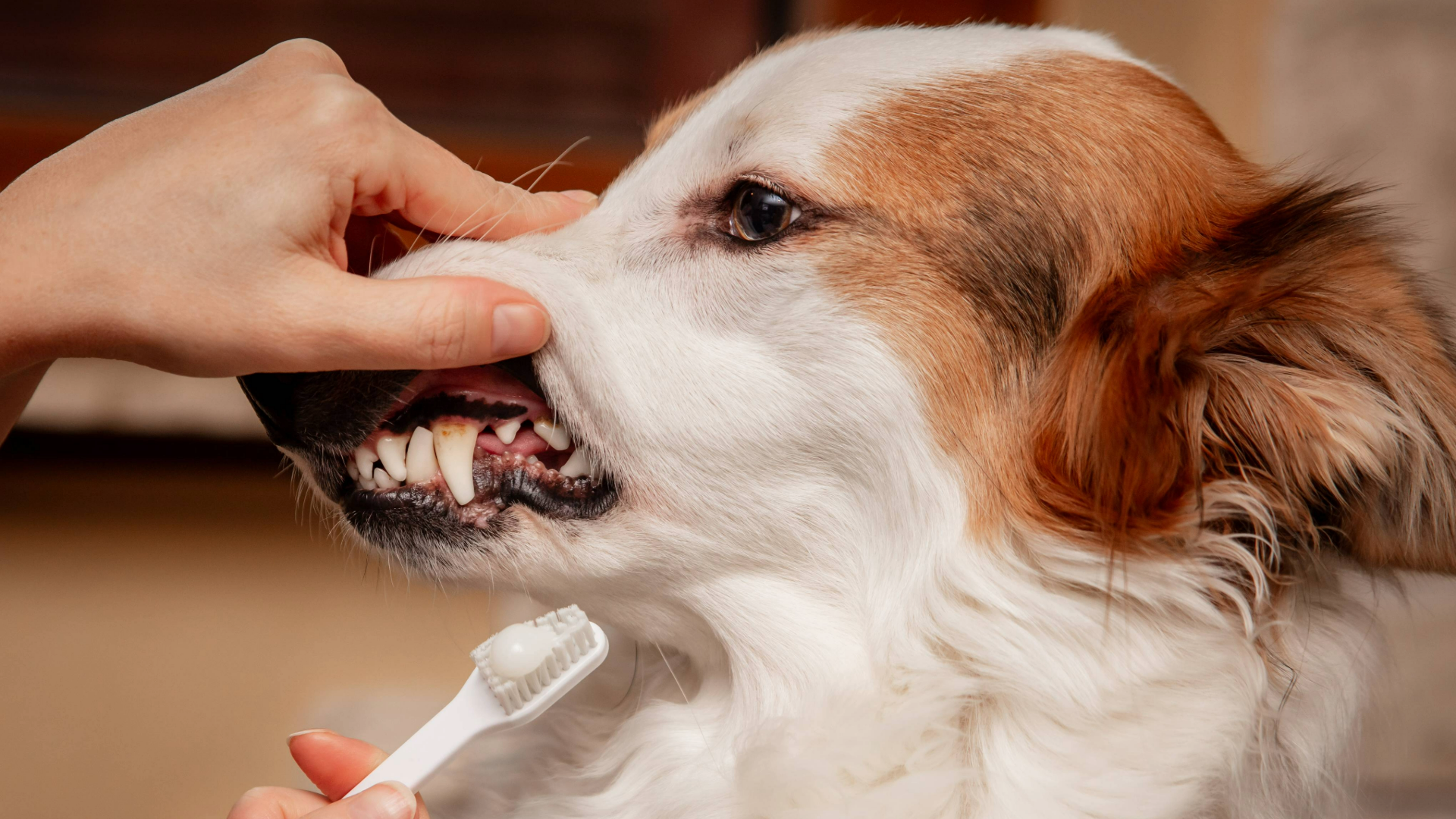
4. Is your dog eating elsewhere?
Have a think about whether your dog could be overfed with the best dog treats or table scraps. Some dogs are good at self-regulating, so if they are getting plenty of snacks, they might not be feeling hungry by the time dinner comes around.
Even if you are being strict, check with the rest of the family. The kids could have sneaked your dog treats behind your back or maybe your partner has shared their lunch with him that day. Don’t forget that 90% of your dog's daily calories should be from a complete and balanced source – their kibble! Junk foods and treats, whilst filling, won’t be providing all of the nutrients your dog needs.
5. Is your dog a small or toy breed?
Small and toy dog breeds tend to be a little more finicky with their food, often leaving it down for hours and going back to it. Whether it’s something in the breeds or just the tiny size of their stomach, it’s not abnormal for small dogs to turn their nose up at their dinner occasionally.
If they’re otherwise well and not showing any of the worrying signs on this list, you don’t need to take them straight to the vet. Keep an eye on them and try feeding smaller meals more often to suit their tiny stomach size.
6. Could pain be the reason your dog isn't eating their food?
If your dog has suddenly stopped eating, it may mean they are in pain. Dental disease (discussed above) is the most common type of pain to stop your dog from eating, but any pain, anywhere, can cause inappetence.
Look out for limping, licking and the ‘prayer position’ as other signs of pain. The latter is when your dog has his front end on the floor, and his rear up in the air. Many dogs do this position to relieve tummy pain. It’s always best to book a check-up with the vet even if you don’t see obvious signs of pain as sometimes they can be quite subtle.
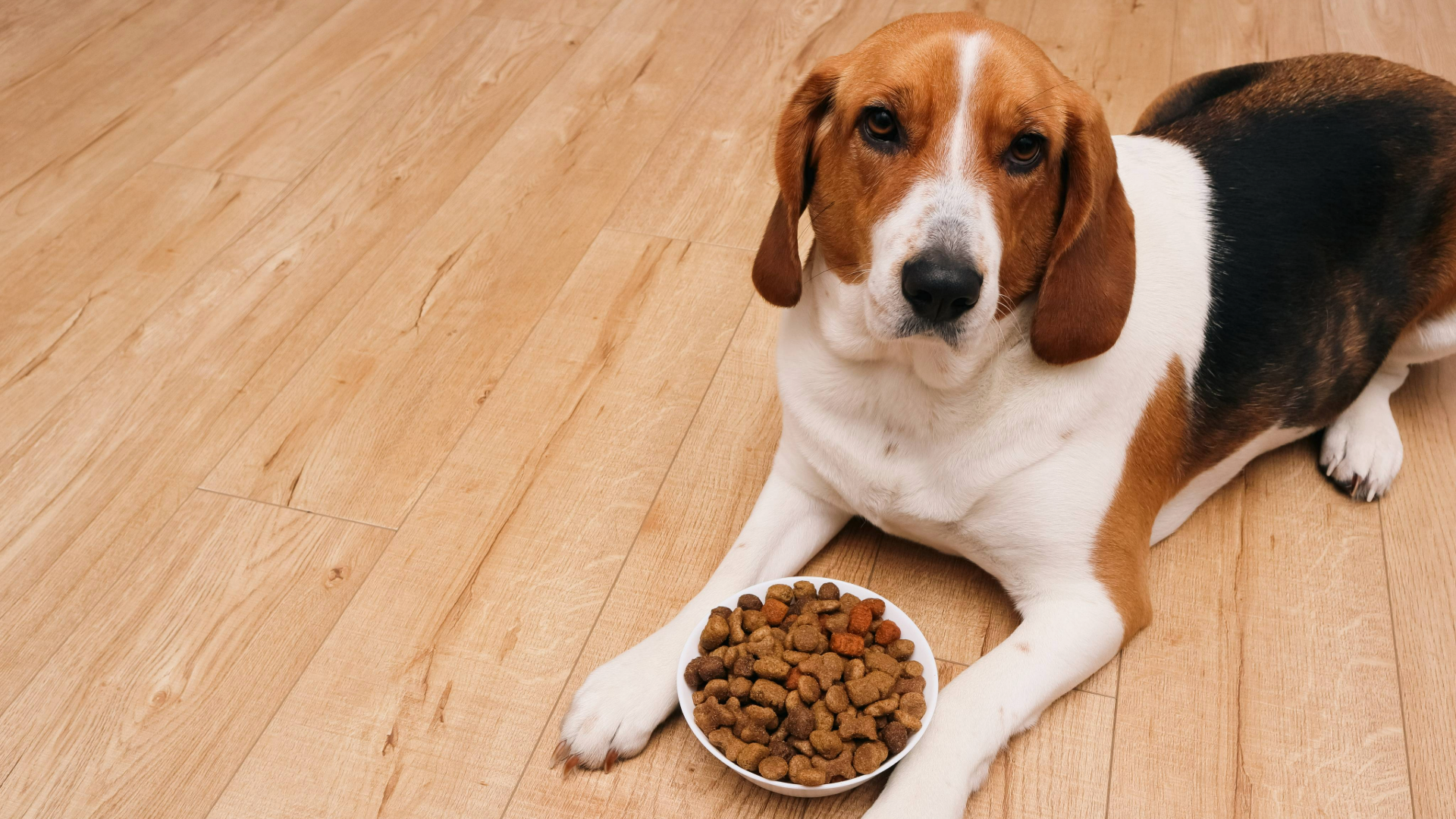
7. Are your dog’s stools normal in colour, texture and frequency?
Stomach upset can often cause a dog to be off-colour and stop eating. Whilst vomiting may be more obvious, poor stool quality is a sign of an intestinal problem that might be causing mild nausea and discomfort.
If this has come on suddenly as a one-off, it’s possible your pet picked up a virus or ate something that didn’t agree with them. Keep a close eye out for dehydration and contact the vet if the diarrhea doesn’t pass or your dog becomes lethargic.
Longstanding or on/off soft stools and inappetence should be investigate. It's possible a nutrient absorption condition or food intolerance is to blame, and the resulting stomach ache and nausea is why your dog doesn’t want to eat.
8. Has your dog's diet changed recently?
Some dogs are just plain fussy. If you’ve just switched your dog’s food, it’s possible they don’t like the new flavor. If you suspect this is the problem, try your pet with their old food again. If they eat, as usual, you’ve got to the bottom of your dog’s inappetence!
Don’t forget, you want to avoid ‘teaching’ your dog to be fussy by giving them tasty things like gravy, treats or chicken instead of or on top of their usual diet. They will start to favor these titbits and could end up eating a nutritionally incomplete diet this way.
9. Could your dog be stressed or anxious?
Anxiety in dogs may stop them from eating. Sometimes there is an obvious trigger such as fireworks or a thunderstorm. It could also be due to a recent change in routine like a new pet in the house, a new family member or a recent house move.
Your dog may be showing other signs of stress too such as being unsettled, panting, crying, excessive licking, destroying furniture or shivering/shaking. Speak to your vet or a qualified pet behaviorist for help in tackling your dogs stress.
10. Does your dog have a high temperature?
Dogs often stop eating if they’re running a fever, just like us. If your dog’s ears feel hotter than usual, it is possible a high temperature is to blame. They may also show other signs of illness such as lethargy.
If you have a thermometer and you know how you could check your dog’s temperature – anything over 39oC (102oF) is worthy of a trip to the vets.
11. How is your dog's breathing?
If your dog is having breathing difficulties, then this could put them off their food. Animals that are very unwell with underlying lung or heart conditions will be putting all their efforts into breathing and won’t be interested in food.
If you suspect your dog's breathing isn’t quite right then watch them closely at rest. Time the number of breaths they do in a minute, if it’s over 30 then this could be cause for concern. Short, shallow breaths or more labored breathing (seeing their tummy move more) would also be reasons to call your vet.
My dog is not eating and throwing up, what should I do?
These symptoms could be an indication of many illnesses, including a tummy upset, a foreign body (causing a blockage in your dog's digestive tract) and infections. If your dog has been sick multiple times or hasn’t eaten for more than 24 hours, then seek help from your vet.
What does it mean if my dog is not eating or drinking?
Not eating and drinking are very vague symptoms; they could be due to a number of health complaints. If your dog is not drinking or eating as much, or if they are showing other signs of ill health (like lethargy, vomiting or diarrhea) then you should always get your pet seen.
Ultimately, if your dog is not eating and you’re concerned, your first port of call should always be your vet. They’ll use your answers to some of the questions above to help them determine what should be done to help your dog start eating again.
You might also want to read: 32 foods that dogs should never eat.



